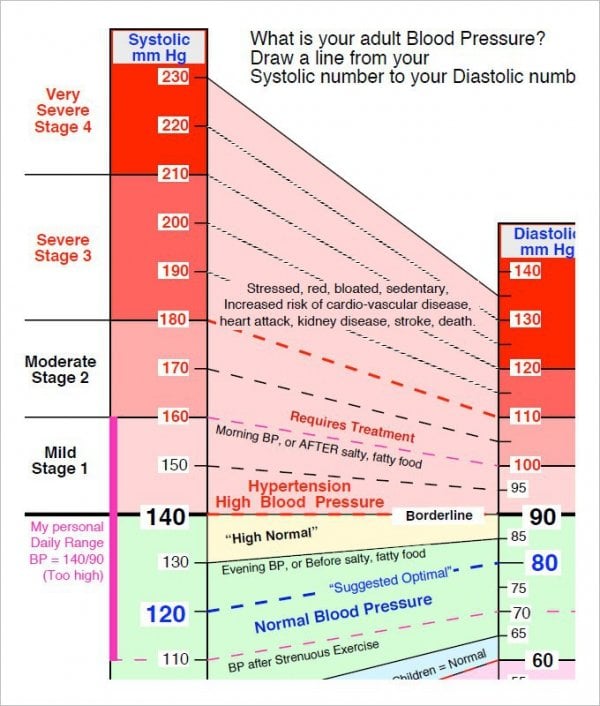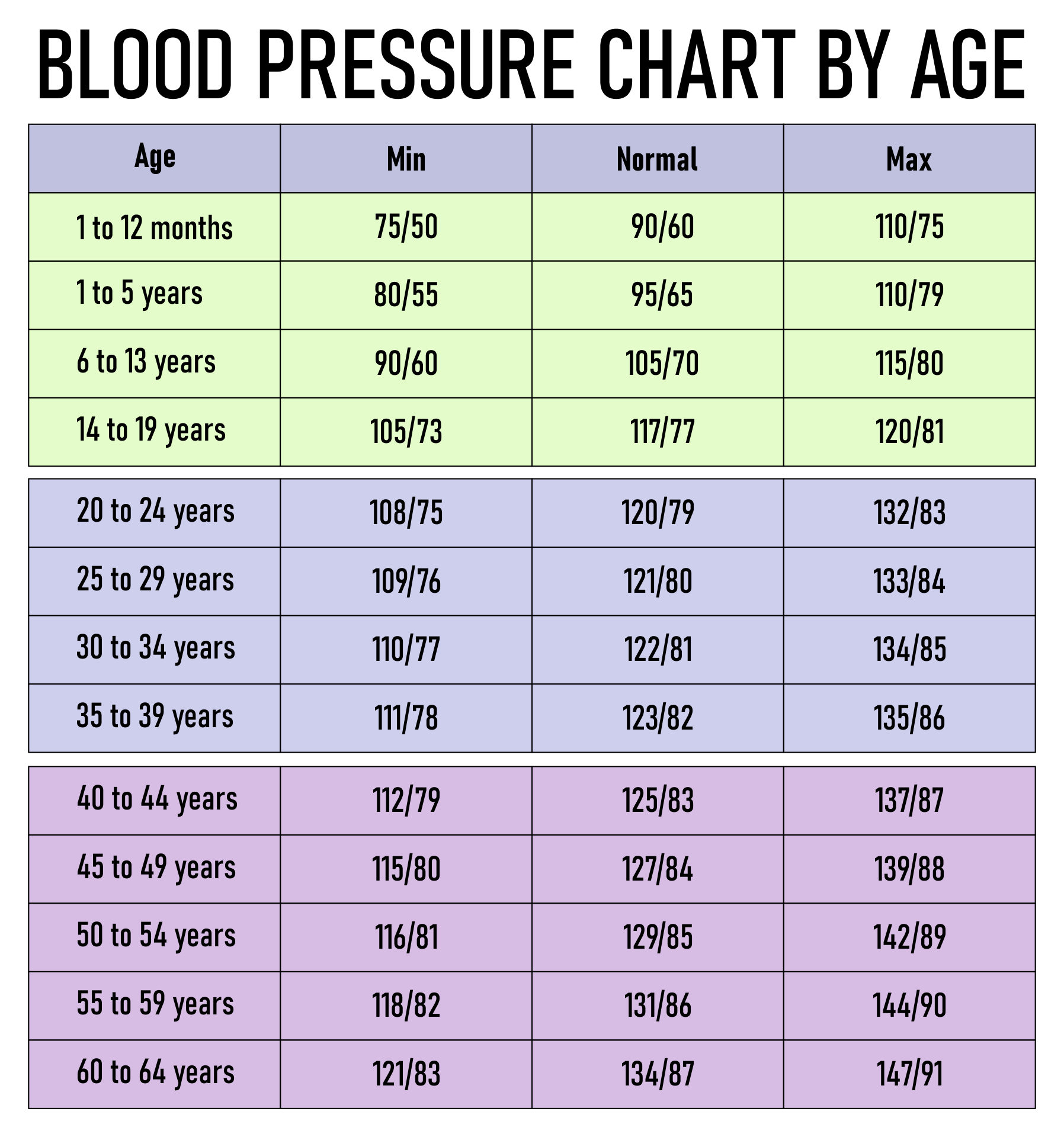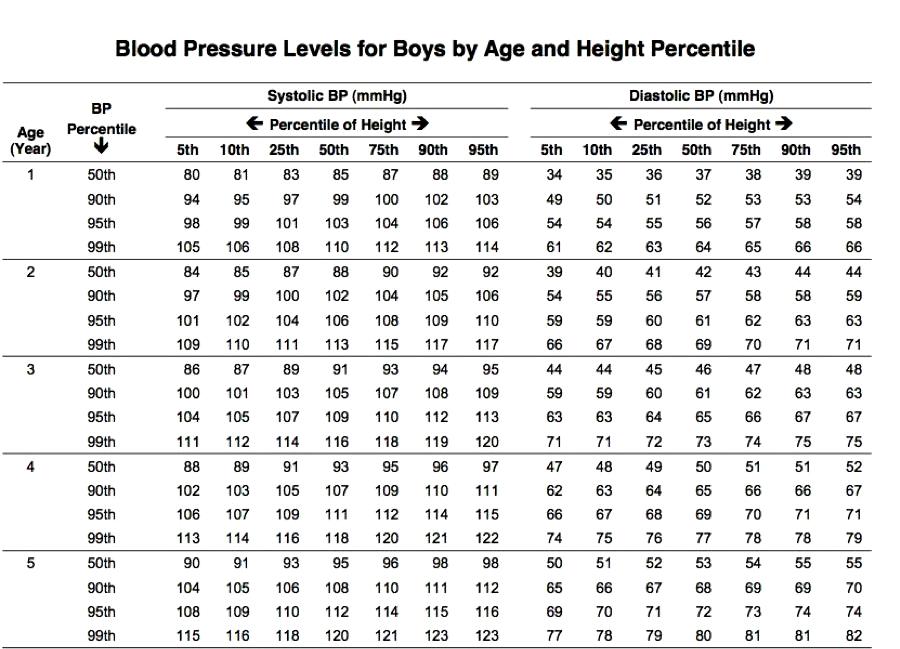
I think it’s important to raise awareness in this area, especially for older people.” “We want to empower patients to know that you don’t have to drop those numbers all the way down to nothing, to the point where you can’t play with your grandkids or play golf or take a simple walk around the block because your blood pressure is so low. “Years ago and until recently, doctors were treating blood pressure so aggressively that many patients couldn’t even stand up without getting dizzy,” Guichard said. That realization helped drive a 2014 decision by the panel members appointed to the Eighth Joint National Committee (JNC 8) to relax target blood pressure guidelines for those over 60 years old. “High blood pressure is a problem, but low blood pressure is also a problem,” Guichard said. Older adults who fit those conditions are at increased risk for developing new-onset heart failure, the researchers found. That paper coined a new term, “isolated diastolic hypotension,” which refers to a low diastolic blood pressure (less than 60 mm Hg) and a normal systolic pressure (above 100 mm Hg). INFOGRAPHIC: See our quick guide to causes, and treatments, for low diastolic blood pressure. (Ahmed remains an adjunct faculty member at UAB.)

But your coronary arteries are different they are surrounding the aortic valve, so they get blood only when the aortic valve closes - and that happens in diastole.”ĭiastolic pressure has been getting more attention lately, however, thanks in part to an influential paper in Hypertension, written in 2011 by Guichard and Ali Ahmed, M.D., then a professor of medicine in UAB’s Division of Gerontology, Geriatrics and Palliative Care and now the associate chief of staff for Health and Aging at the Veterans Affairs Medical Center in Washington, D.C. “The majority of your arteries feed your organs during systole. “Systolic blood pressure is the focus, and diastolic pressure is almost completely ignored.” That is a mistake, he argues.



“Physicians are busy people, and like it or not they often focus on a single number,” Guichard said. Systolic pressure attracts the lion’s share of attention from physicians and patients, says UAB cardiologist Jason Guichard, M.D., Ph.D. Diastolic pressure, the force exerted when the heart is at rest, is on the bottom - in more ways than one. Systolic pressure, the force exerted on blood vessels when the heart beats, is the upper number.


 0 kommentar(er)
0 kommentar(er)
